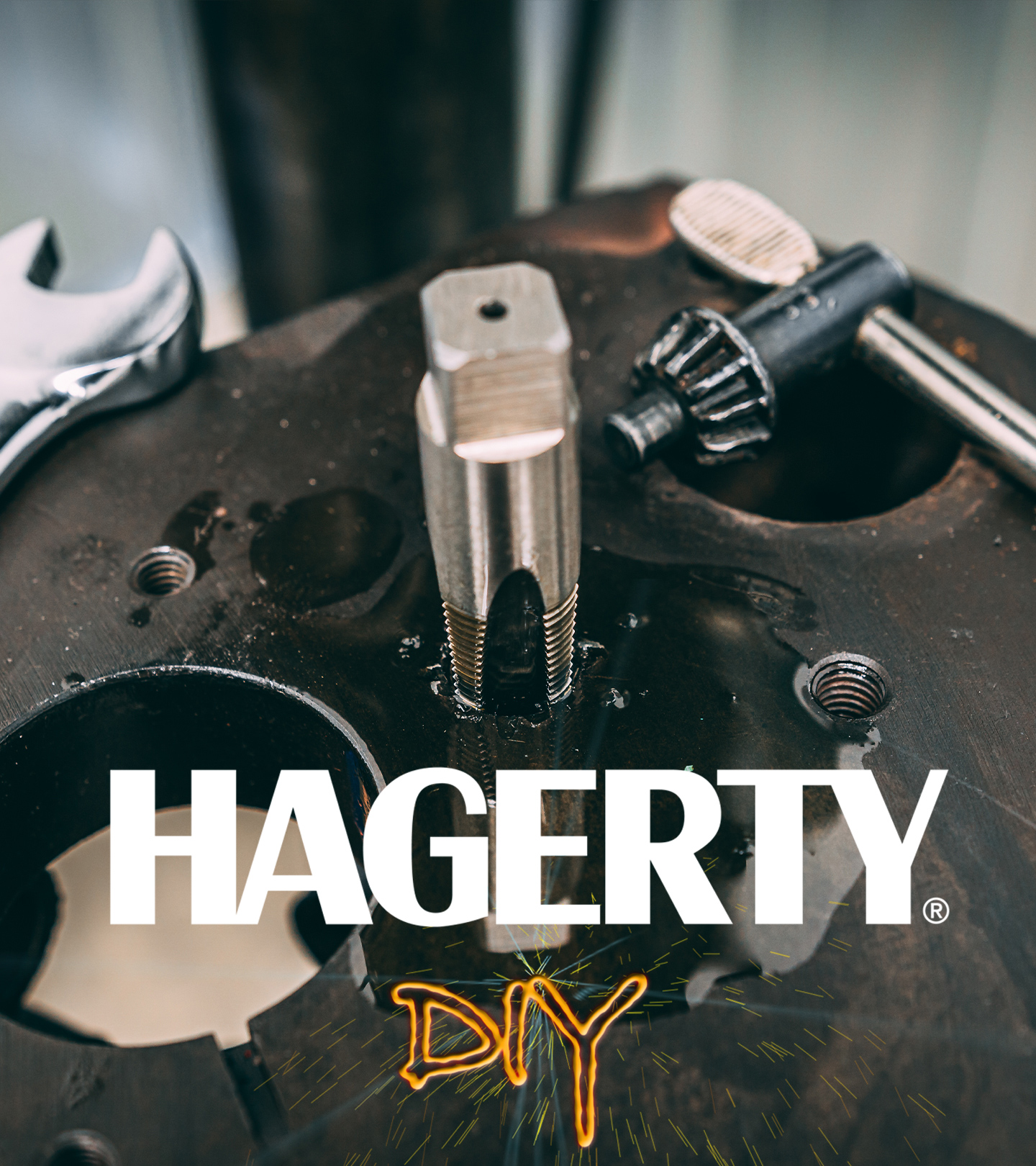Enjoy race car stories, opinion, and features from across the car world - Hagerty Media
There has been no shortage of heavy metal projects on Redline Rebuild’s 1937 Ford race car, and today is no different. All the fabrication tools and tricks come out as Davin fabricates the steering pieces needed to keep this project on track—literally.
The two most important systems of a car are often the two that get talked about last: brakes and steering. It doesn’t matter how much horsepower you’ve got if you can’t direct and reign in those ponies when the need arises. The brakes are all but sorted out on the ’37, but the steering has a long way to go.
First steps are to figure out the steering wheel location. Since Davin has the seat roughly set, he can decide on where the wheel will sit in the space of the drivers compartment. Then he just has to fabricate the pieces to connect the wheel to the steering box. Sounds easy, right? Well, it kind of is.
The first connection is a ratio box that doubles the input that the drivers puts into the wheel. This means Davin can use the factory-type steering box without having to turn the wheel three turns to get lock-to-lock. Next is to build the shaft that connects the ratio box to the steering box. For that, it’s best to have the engine in place, but the 440 is still torn down and awaiting the Redline Rebuild treatment, so a foam stand-in will have to do.
For things to work properly, Davin decides to move the steering box out just a bit. Of course, it’s never just that simple. Some cutting, grinding, and welding later and the box is held in place exactly where he wants it. Add the appropriate joints to the connecting shaft and the ’37 is one step closer to the track. Progress is progress, even if there is a lot more to go. Of course, in order to see all that work that is yet to be done, be sure to subscribe to the Hagerty YouTube channel to never miss an update.
Thanks to our sponsor RockAuto.com. RockAuto.com is an auto parts retailer founded in 1999 by automotive engineers with two goals: Liberate information hidden behind the auto parts store counter (by listing all available parts, not just what one store stocks or one counter-person knows), and make auto parts affordable so vehicles of all ages can be kept reliable and fun to drive. Visit https://www.RockAuto.com to order auto parts online 24 hours a day, 7 days a week, and have them conveniently delivered to your door. Need help finding parts or placing an order? Visit our Help pages for further assistance.










